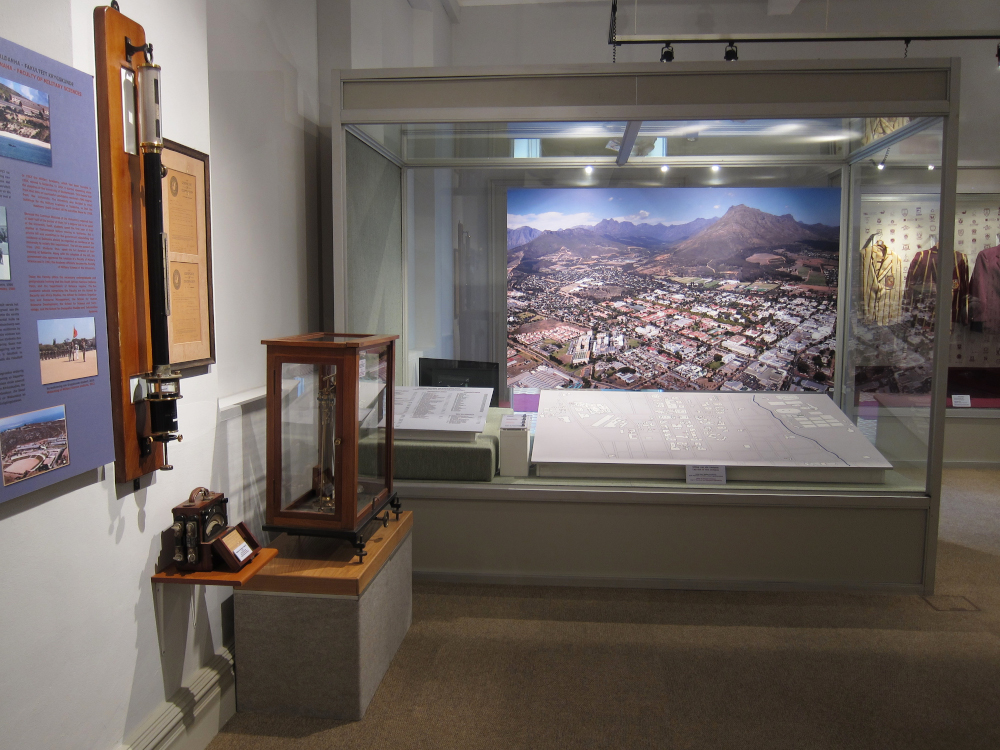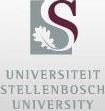Stellenbosch University Museum
About the Museum
Awards
- 2017/2018: Western Cape Government Cultural Affairs Ward: Best Museum promoting social inclusion
- 2021 / 2022: Pan South African Language Board Multilingualism Award: Winner for the use and promotion of multilingualism in institutions of higher learning.
- 2022: Western Cape Cultural Affairs: Ubuntu Dialogues Project at the Stellenbosch University Museum is nominated for its contribution to the promotion of social inclusion in the field of museums, heritage and geographical names.
- 2023: Western Cape Government Cultural Affairs: Nominated for best innovative project in the field of museums, heritage and geographical names
History of the Stellenbosch University Museum
 The building in which the Stellenbosch University (SU) Museum is housed was erected in 1907 as Bloemhof Meisieskool (Bloemhof Girls' School). The architect FW Hesse designed the building in the Flemish Renaissance Revival style. It was a popular style in the second half of the 19th century which saw a global renewed interest in the Renaissance. Only a few examples of this style can be seen in South Africa. The exposed brickwork was a deep red. When the building was renovated in 199, it was painted in a colour similar to that of the brickwork. White was also used to highlight detail in the building to achieve a polychromatic effect which emphasises the stylistic and structural elements of the style. In 1960 the older girls moved to a new secondary school building in the suburb of Krigeville and Bloemhof Meisieskool became Laerskool Bloemhof (Bloemhof Primary School). In 1977 Laerskool Bloemhof amalgamated with the boys' primary school, Laerskool Paul Roos, to become Laerskool Eikestad (Eikestad Primary School). The school is still known by this name. In 1986 Laerskool Eikestad also moved to a new building in Krigeville.
The building in which the Stellenbosch University (SU) Museum is housed was erected in 1907 as Bloemhof Meisieskool (Bloemhof Girls' School). The architect FW Hesse designed the building in the Flemish Renaissance Revival style. It was a popular style in the second half of the 19th century which saw a global renewed interest in the Renaissance. Only a few examples of this style can be seen in South Africa. The exposed brickwork was a deep red. When the building was renovated in 199, it was painted in a colour similar to that of the brickwork. White was also used to highlight detail in the building to achieve a polychromatic effect which emphasises the stylistic and structural elements of the style. In 1960 the older girls moved to a new secondary school building in the suburb of Krigeville and Bloemhof Meisieskool became Laerskool Bloemhof (Bloemhof Primary School). In 1977 Laerskool Bloemhof amalgamated with the boys' primary school, Laerskool Paul Roos, to become Laerskool Eikestad (Eikestad Primary School). The school is still known by this name. In 1986 Laerskool Eikestad also moved to a new building in Krigeville.
Stellenbosch University purchased the building in 1986. It was put to diverse uses for approximately three years. In 1989, thanks to a substantial financial contribution by the South Africa based chemicals and energy company, Sasol, renovations started to convert the building into a university museum. The renovated complex, which was known as the Sasol Arts Museum, was officially opened on 3 October 1991. The use of a company brand as a name for the museum caused confusion especially among potential new audiences such as students and tourists. It created an impression that the museum was owned and operated by Sasol. This posed problems with potential funders as they thought that the museum was a corporate collection and not a university museum. The university took a decision for the institution to be known as the Stellenbosch University Museum in 2013.




